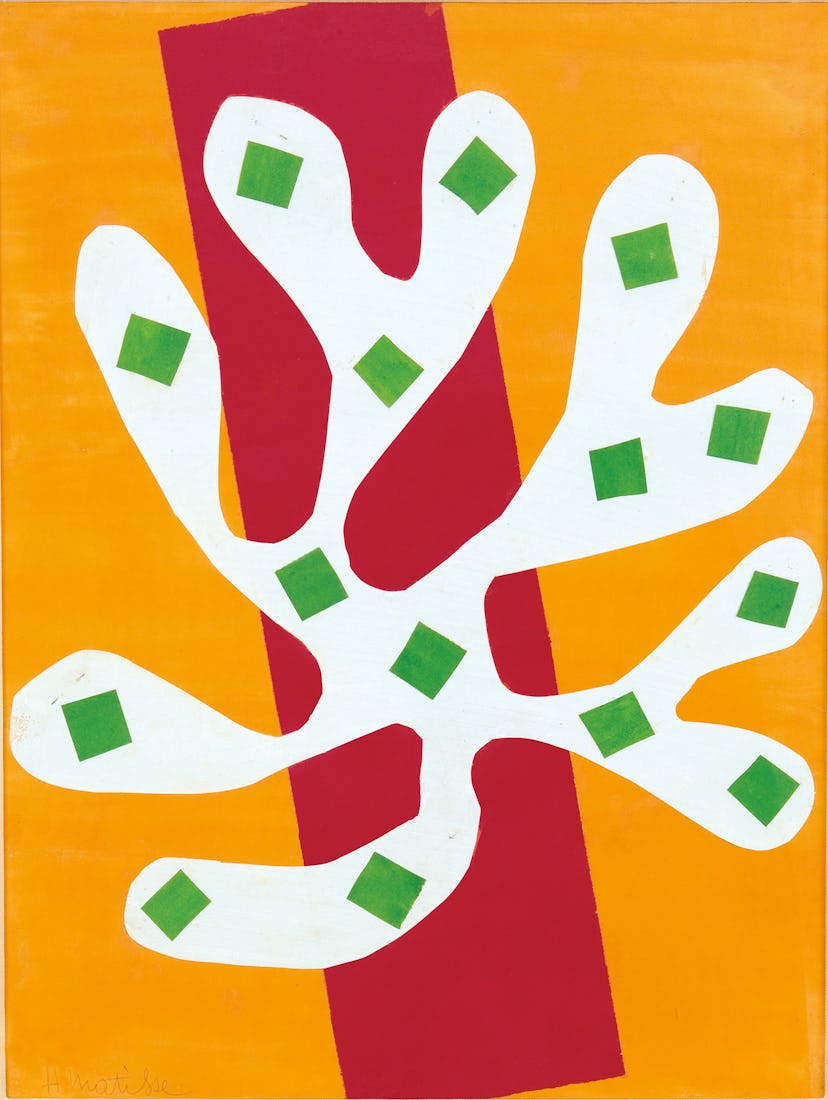The grand colorist Henri Matisse called his last dozen or so years, from 1941 to 1954, his seconde vie. Convalescing after a series of serious illnesses, he lived on the French Riviera surrounded by a riot of parrots and doves, and reinvented what it meant to be an artist. Resting in bed, Matisse would cut shape after shape—dancers, flowers, stars—from gouache-washed pieces of paper. Today, these works look as “modern” as the works of the Abstract Expressionists, and some critics have argued that those mid-20th-century American artists, as well as Minimalists like Ellsworth Kelly, were influenced by Matisse’s late-in-life liberation. Beginning on October 12 (through February 8, 2015), New York’s Museum of Modern Art will host “Henri Matisse: The Cut-Outs”—the largest-ever exhibition of these works—following its acclaimed run at London’s Tate Modern. “All things considered, there is only Matisse,” Pablo Picasso said of his great friend and rival. This year, in the art world, that might be enough.
Photos: Upper Cut
Matisse’s White Alga on Orange and Red Background (Algue Blanche sur Fond Orange et Rouge), 1947. Courtesy of Statens Museum for Kunst, Copenhagen. © 2014 Succession H. Matisse/Artists Rights Society (ARS), New York.
Zulma, 1950. Courtesy of Mr. and Mrs. Donald B. Marron, New York. © 2014 Succession H. Matisse/Artists Rights Society (ARS), New York.
Two Masks (The Tomato), 1947. Courtesy of Museum.
